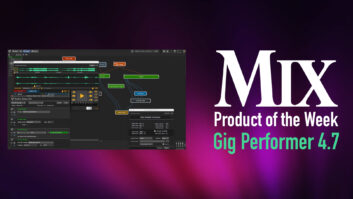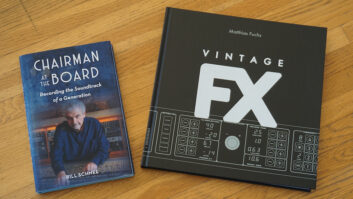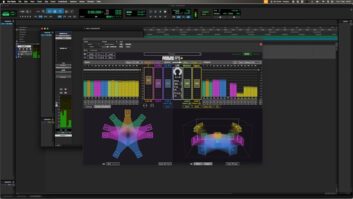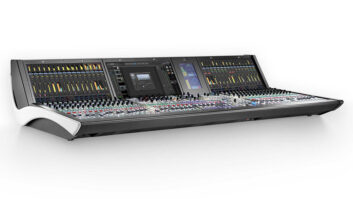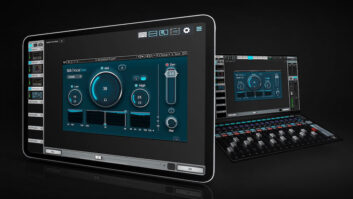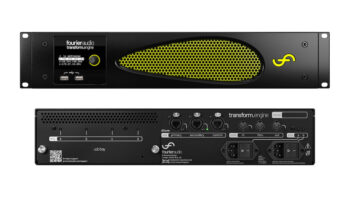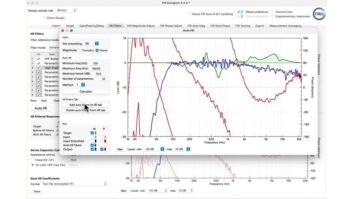Otari recently debuted its new DB-32 digital on-air console, which is equipped with 24 input channel faders and an A/B switching function. Various incoming signals can be routed to the A/B input channels (48 paths in total). The DB-32 also offers output routing, an emergency circuit, free arrangement of the control surface, optional redundant power supplies and optional mLAN (audio network) card. Each input channel has “soft-key” buttons that can be assigned as an A/B, SEL, PFL or MUTE.
The Otari DB-32’s 24 channels have an A/B input switching function and any of the following inputs can be assigned to either A and B: eight microphone inputs, 12 stereo and four mono analog line inputs and 12 AES/EBU digital inputs, four of which can be used for S/PDIF format.
All of the digital I/Os have sample rate converters as standard. Users do not have to worry about the sample rate of external devices in the range of 32 to 96 kHz. (Signal processing in the console is done at 48 kHz.)
The DB-32’s internal memory can keep up to 50 snapshots (fader and channel setups) and 20 projects (console configurations); setups can be instantly recalled. By connecting an external PC to the DB-32 (via RS-232C), projects, snapshots and GP-I/O data can be stored in data files. By retrieving these data files, the console’s settings can be restored in another DB-32 installed at a different studio.
Control from an external device via GP-I/O is standard. Linking with an audio file system via serial communication is also supported. Talkback to the TEL, N-1, aux, studio and guest can be controlled from the console.
The new audio data transfer standard (mLAN network) may be added as an option. Via the mLAN network, the DB-32 can receive 32 channels of inputs and send outputs from the PGM, N-1, TEL, studio, guest and aux output buses (20 channels in total) via fiber-optical cables or IEEE-1394 cable.
Otari, a partner in the mLAN alliance, has also announced the new ND-20B, with mLAN control software. The new ND-20B provides low latency and higher bandwidth for increased channel capability (over 120 channels 48 kHz/24-bit). The ND-20B offers high-quality AD/DA conversion and AES-3 I/O as a stand-alone device, or for combinations with multiple ND-20Bs connected via IEEE-1394 cable or fiber-optic cable (single or multimode). The ND-20B system can be controlled via hardware routing locally or by using computer software (mLAN control software) for system-wide configuration and routing.
Each ND-20B has up to 32-channel capacity for analog or digital inputs or outputs. The ND-20B has four slots for I/O cards. Options include mic inputs (remotely controlled), line inputs, line outputs and AES3 input/output. All I/O are capable of handling 96, 48, 44.1 and 32kHz sample rates.
The control software, which runs in Windows XP, is for monitor and control of mLAN apparatus. This software can set up audio signal routing, a clock master and gain of an ND-20 MIC module. The software also displays the physical connection of the mLAN apparatus (network topology).
The ND-20B also supports IEEE bus bridge for longer distance transmissions and larger networks.
For more information, visit www.otari.com. For more new product announcements, visit http://mixonline.com/products/new/.
